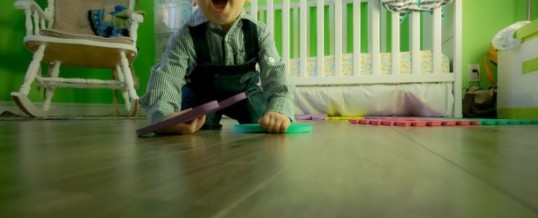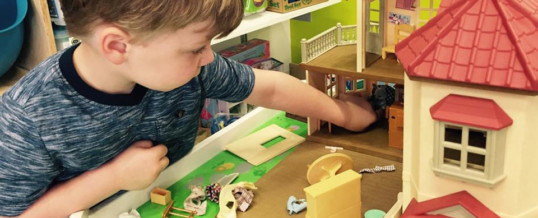Sebastian Riding Associates has earned the designation of Certified Autism Center (CAC) to help ensure children and adults on the autism spectrum have the best possible experience when receiving equine assisted therapy from the nonprofit. It is the first of its kind in the nation to receive the certification.
The designation, awarded by the International Board of Credentialing and Continuing Education Standards (IBCCES), indicates that at least 80% of the staff have been trained and certified in autism, as well as a commitment to ongoing training. For Sebastian Riding Associates (SRA), this also meant training long-time volunteers who work with staff to provide services.
MAR








